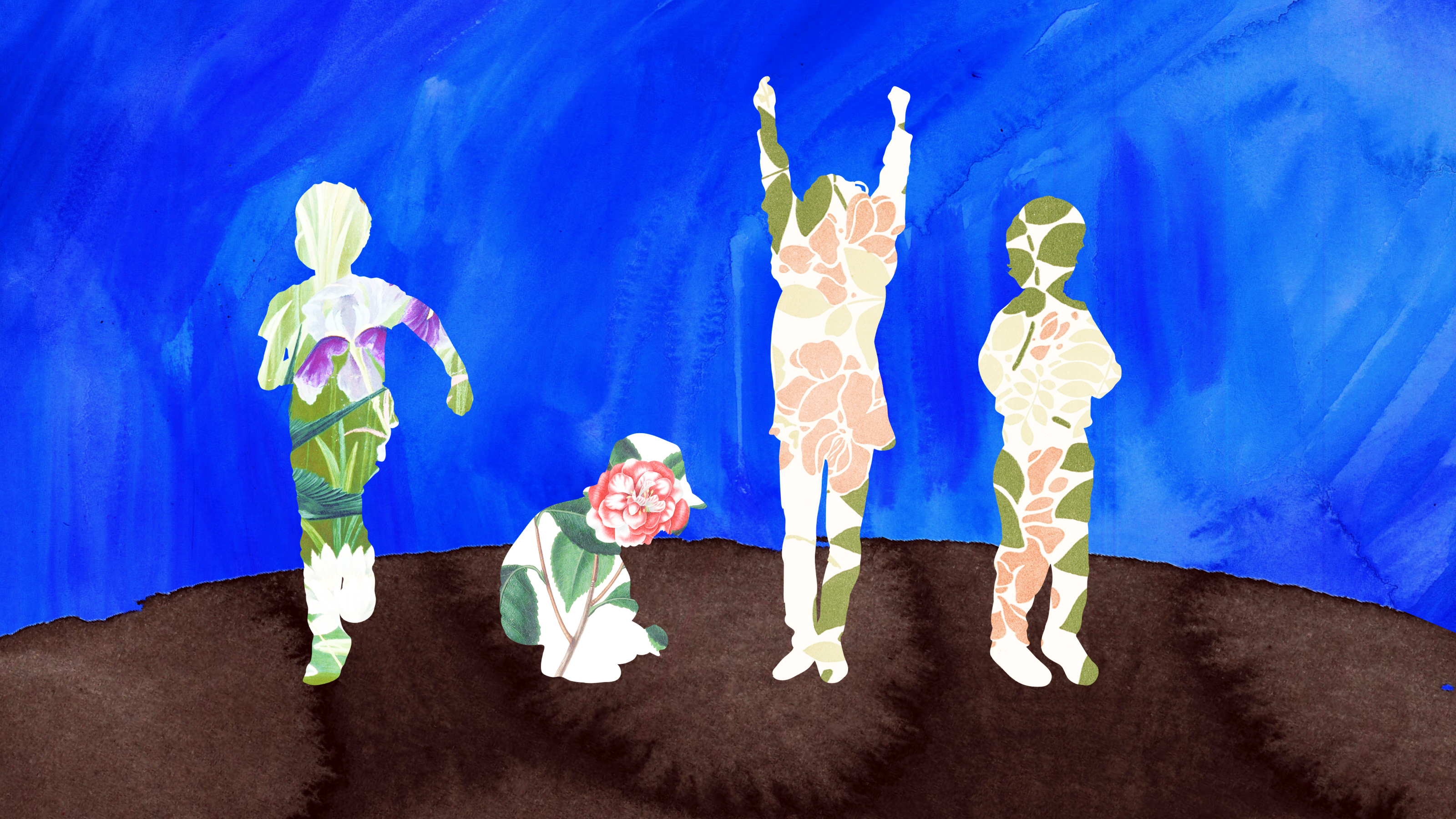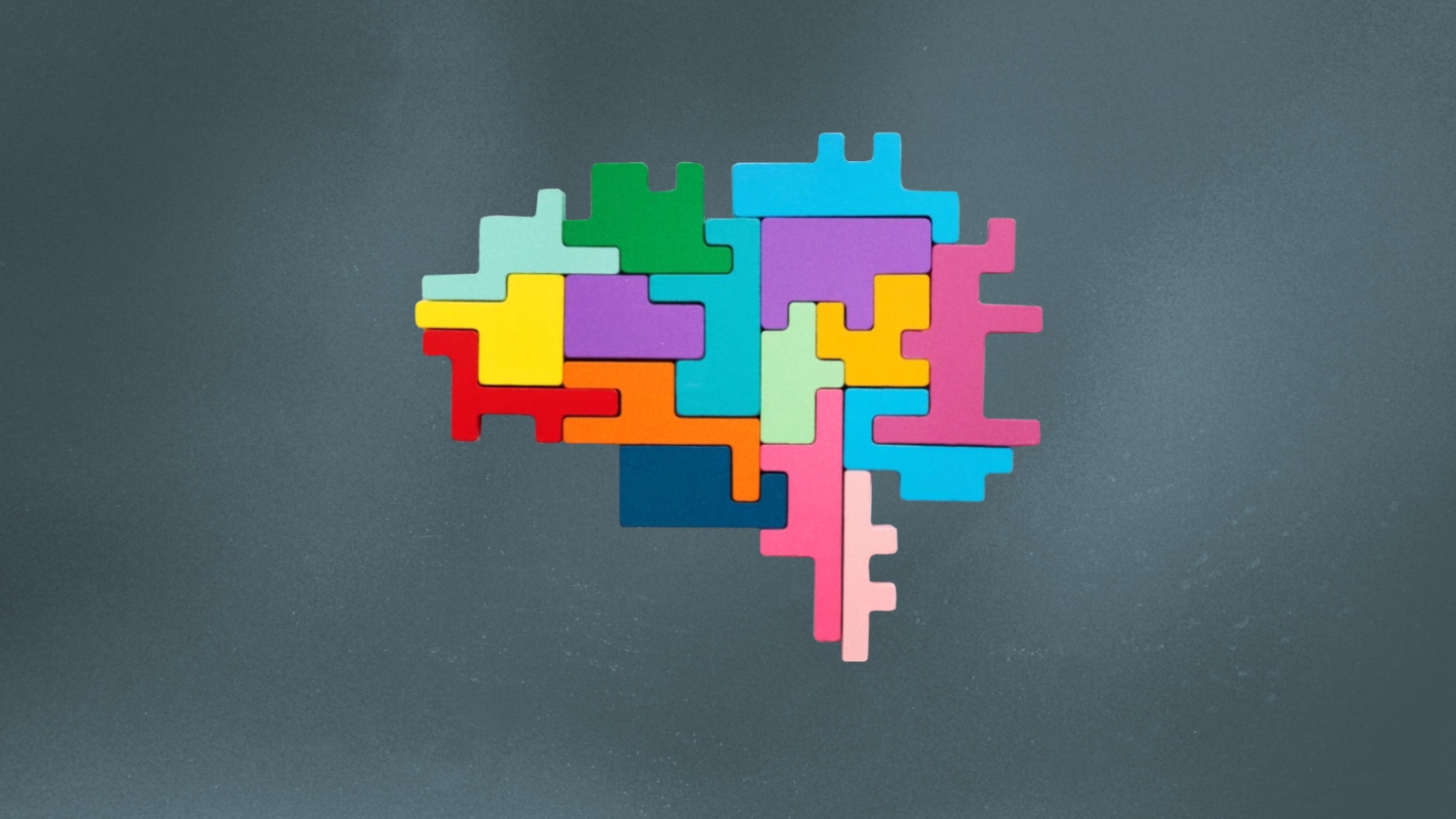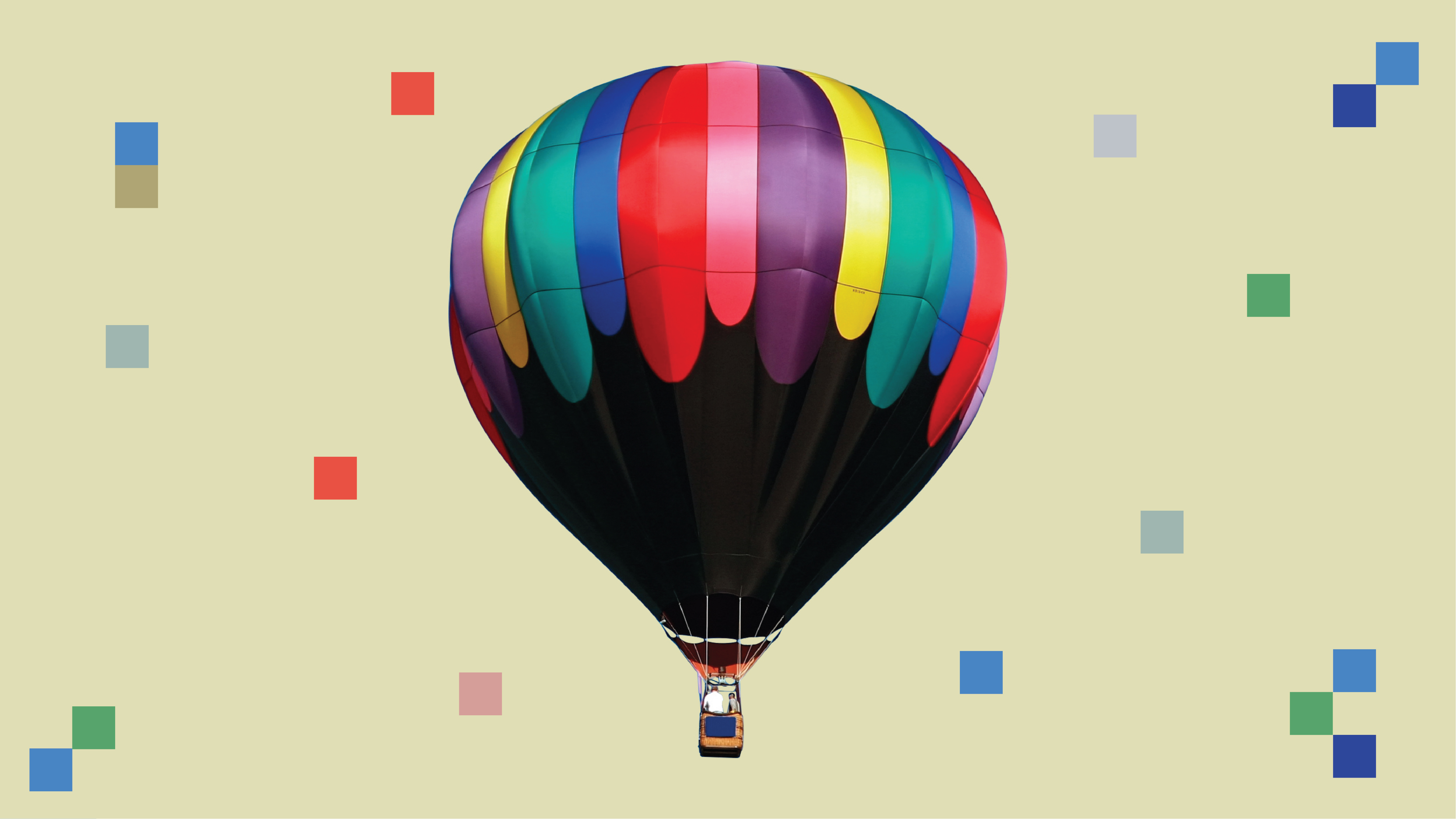Sign up for Big Think on Substack
The most surprising and impactful new stories delivered to your inbox every week, for free.
According to neuroscientist Daniel Levitin, the key to effective time management is to maintain a level of organization that allows you to dedicate less and less neural resources to running your life. This means making good use of a calendar and developing routines. It also means having the courage not to overschedule yourself. Know your limits. Assess your priorities. Embrace a system.
Levitin is the author of several New York Times best-sellers including his latest, The Organized Mind.
Daniel Levitin: My top time-management tips are: Calendar everything. Use your calendar in a very active way. Everything goes in there that is at least remotely time-bound. So for example, the doctor says that she wants to see you again in a year and she gives you a little blood test requisition form; this can become three calendar entries. Obviously the doctor's appointment a year from now, but then call the lab and find out how long it's going to take them to process the lab collection so that it can get to the doctor in time. And then that becomes a calendar entry when you have to go to the lab. And then figure out how long in advance you can call the lab for an appointment to drop in. That's the third entry. Now you're leaving nothing to chance. And I want to emphasize: I'm not talking about organizing your time to the point that you become a Spock-like automaton or Lieutenant Commander Data automaton; the idea is that if you don't have to think about things like this, you're freeing up neural resources that you can dedicate to the things you really care about.
A lot of people overschedule. They're more ambitious in what they think they'll get done than they really can. And so, on the fly as things pop up they'll say, "Oh well I can't really do that now or I'm not going to do that now." What I advocate is being more deliberate about this. You choose what it is that are going to be your priorities. And the way that I recommend is to get index cards and put one task on each card and then you can re-organize them throughout the day. You can put this one here and this one here. The beauty of this is that once you've prioritized everything that you have to do, whatever is on that top card, that's the thing that is the most important thing you should be doing. And so you find that your mind doesn't wander; you're more efficient and productive because you really focused on that.
Now, that most important thing might not even be: "Complete the Penske file." It might be, "Work on the Penske file for an hour and a half today and then go to the second card." But it allows you to control your workflow, and not just workflow, but your social time, your errands, your leisure time, your hobbies; those all go in the stack too. It allows you to control them rather than the environment controlling you.
There's this theory in behavioral economics called hyperbolic discounting. And it has to do with the way we see future events. And it applies to the way we schedule our time. If somebody asks you to do something a year from now, you think, "Oh that's so long from now and I've got nothing else on my calendar; sure I'll do it." But then a year from now you're probably going to be just as busy and overstretched and stressed out as you are today so you haven't really realized it. You've discounted the impact of it. It's called hyperbolic because of the shape of the mathematical function. I think the idea is it's important to say no to things that you really don't want to do and to allow yourself time every day for spontaneity and creativity and doing things that you really care about. If you don't get a little of that each day, you wake up one morning and you realize that for six months you've just been slogging and nothing enjoyable has happened.





